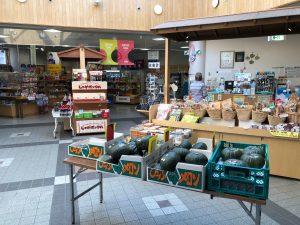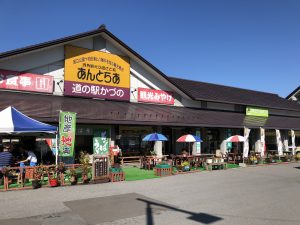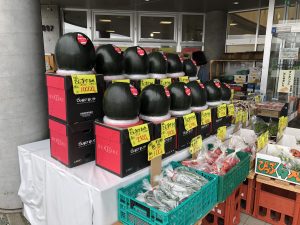
 Community Revitalization
Going above and beyond offering a place for travelers to rest, many Michi no Eki’s in these dwindling populations, aware of the vital part they play in local revitalization, focus on working to overcome specific needs in their communities. Some stations offer senior welfare centers that provide close care for the seniors in their community, while others offer municipal buses for locals traveling to school or medical centers that can’t be reached by public transportation. Some have even supported their communities as a disaster relief center after earthquakes and the like.
Unique Roadside Stations
Every prefecture you visit while in Japan has its own specialty, which can usually be found on display at their local Michi no Eki.
Community Revitalization
Going above and beyond offering a place for travelers to rest, many Michi no Eki’s in these dwindling populations, aware of the vital part they play in local revitalization, focus on working to overcome specific needs in their communities. Some stations offer senior welfare centers that provide close care for the seniors in their community, while others offer municipal buses for locals traveling to school or medical centers that can’t be reached by public transportation. Some have even supported their communities as a disaster relief center after earthquakes and the like.
Unique Roadside Stations
Every prefecture you visit while in Japan has its own specialty, which can usually be found on display at their local Michi no Eki.

- Michi no Eki Toma in Hokkaido sells “Densuke” (black watermelons), which only grow in the Toma area.
- Michi-no-Eki Hota Shogakko in Chiba is in a renovated elementary school, offering cafes, markets, and hot spring baths.
- Kawaba Denazo Plaza in Gunma that offers pottery classes, beer tasting, and blueberry picking.





